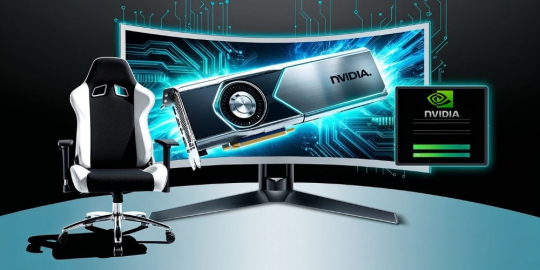
Setting up your NVIDIA Control Panel to work seamlessly with a 240Hz monitor can transform your gaming and computing experience to a whole new level. While many enjoy the immediate boost in refresh rates, fine-tuning the settings can often mean the difference between good and exceptional performance. Unlocking the full potential of a 240Hz monitor requires a deep dive into NVIDIA's software settings. This guide provides an insightful take on how to achieve optimum settings for a fluid and responsive gaming world.
Understanding Refresh Rates and Monitor Capabilities
A 240Hz refresh rate monitor is positioned as a high-tier option amongst competitive gamers and tech enthusiasts. With refresh rates that smooth your visuals beyond the standard 60Hz or even the more advanced 144Hz monitors, you experience butter-smooth transitions whether you're fragging opponents, working on high-demand graphics editing, or simply browsing heavy content online.
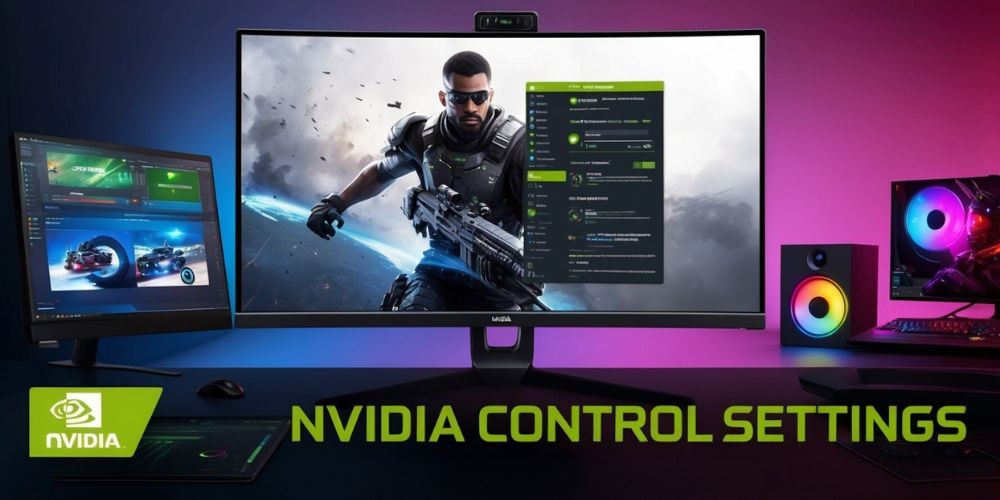
Why It Matters:
- Enhanced Responsiveness: High refresh rates offer improved response times which can be crucial during intense gaming sessions.
- Reduction in Motion Blur: This gives clarity to fast-moving scenes, reducing eye strain over long periods.
- Smoother Visuals: A consistent and smoother experience when maneuvering through digital environments.
Before diving into NVIDIA Control Panel settings, getting acquainted with your monitor’s settings is essential. Make sure your display is indeed outputting at 240Hz by checking the display settings within your operating system and manually setting it if necessary.
Tweaking Your NVIDIA Control Panel for Maximum Performance
Opening the NVIDIA Control Panel unveils a host of options that can seem daunting at first. However, focusing on a few key areas will allow you to harness the power of your GPU and monitor setup effectively.
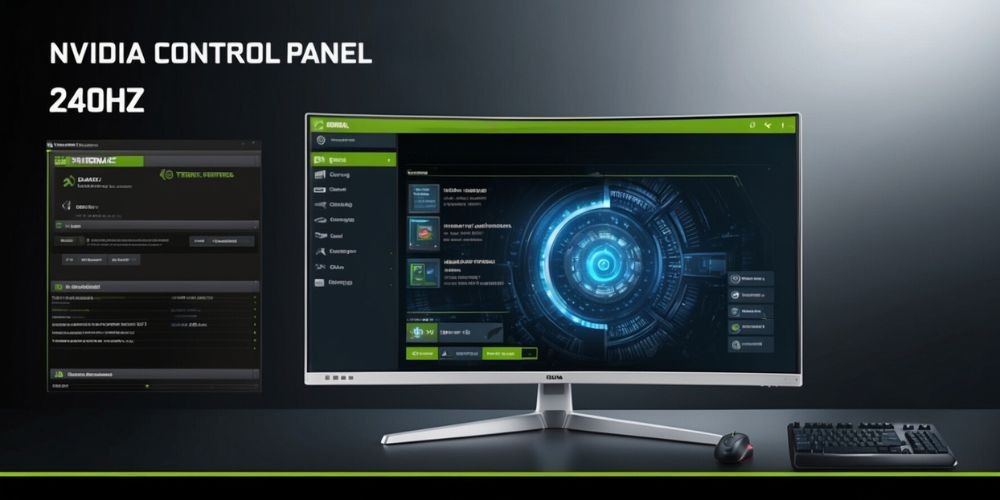
1. Adjust Image Settings with Preview:
- Select "Use the advanced 3D image settings" and click "Take me there." This choice lets you fine-tune.
- Use the slider to balance performance and quality based on your needs. Stick to "Performance" in competitive scenarios to get the max FPS.
2. Manage 3D Settings:
- Power Management Mode: Set this to "Prefer maximum performance" to ensure that your GPU is always working at full capacity.
- Low Latency Mode: Setting this to "Ultra" can significantly reduce input lag, maximizing the response you gain from a 240Hz display.
- Vertical Sync: While traditionally seen as something to prevent screen tearing, with a 240Hz monitor, you can often leave this "Off" to avoid any potential delay unless screen tearing is notable.
Optimizing Resolution and Color Settings
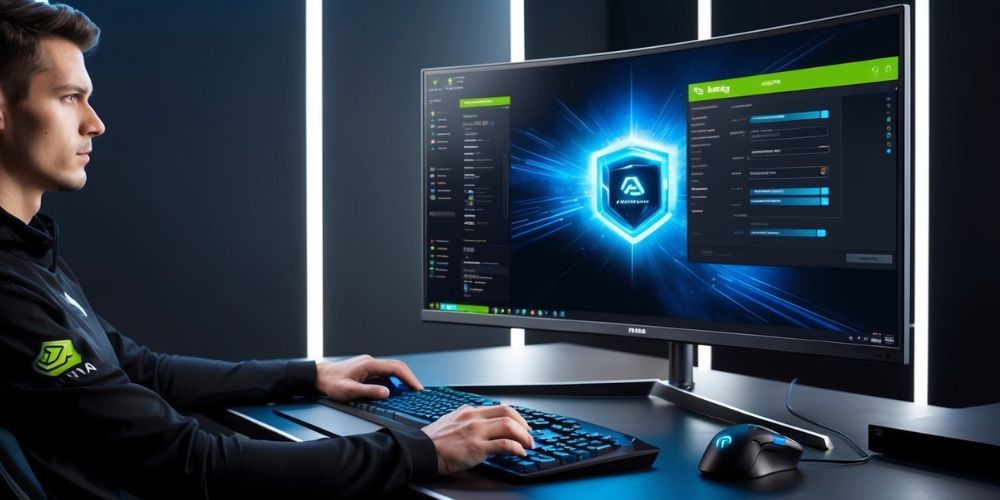
Resolution and color settings not only affect the performance but also ensure you're getting the most vibrant and sharp images possible without lag.
1. Change Resolution:
- Refresh Rate: Ensure your refresh rate is set to 240Hz within the resolution settings. This confirms your system settings are optimized for true high-speed delivery.
- Color Depth: For a fuller range of colors, opt for the highest setting available (usually 32-bit).
2. Adjust Desktop Color Settings:
- Digital Vibrance: Increasing digital vibrancy settings can make textures pop, which is beneficial in games, ensuring nothing blends into the background.
- Gamma and Brightness: These should be adjusted for both comfort and clarity, tailored to your environment’s lighting conditions.
Utilizing G-SYNC for Synchronized Gameplay
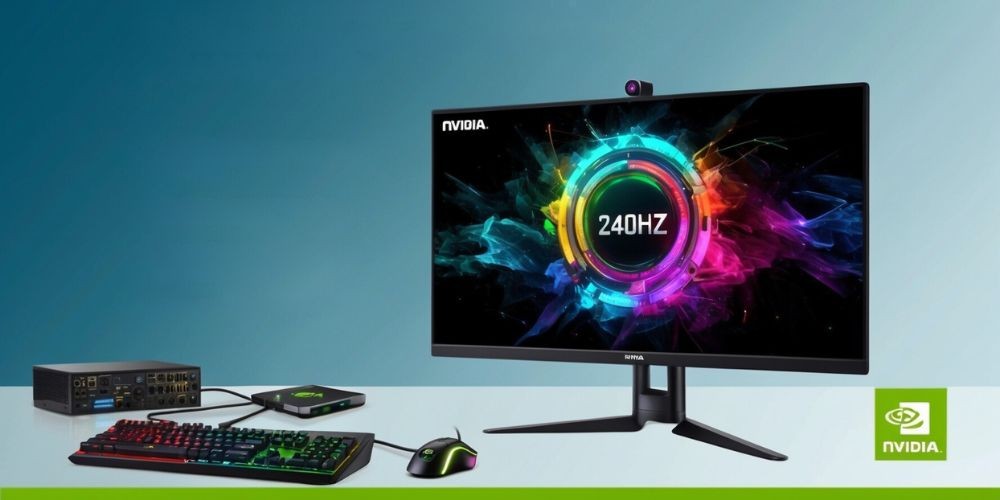
G-SYNC technology plays a crucial role in bridging the gap between the GPU and monitor refresh rate, leading to a tear-free and synchronized gameplay experience.
To Enable G-SYNC:
- Navigate to "Set up G-SYNC" and Ensure "Enable G-SYNC" is checked. This will synchronize the monitor's refresh rate with the frame rate output of the GPU.
- Select the appropriate monitor for G-SYNC (if you have multiple attached).
When enabled, G-SYNC minimizes the issues of screen tearing and provides seamless visuals to keep you immersed in your digital environment without disruptions.
Advanced Features for Technical Savvy Users
While not for everyone, exploring advanced features can further enhance your setup.

1. Ambient Occlusion and Anisotropic Filtering:
- For general applications, set Ambient Occlusion to "Performance" and Anisotropic Filtering to "Application-controlled," allowing specific software to dictate their needs based on in-app settings.
2. Dynamic Range and Color Format Adjustments:
- Opting for a full dynamic range over a limited range when connected via HDMI or DisplayPort can provide better depth in shadows and highlights, giving the content a realistic edge.
By taking the time to explore these advanced settings, you can further polish your experience to meet your exact preferences, crafting a gaming environment that adheres to your specifications.
Conclusion: Delivering the Gameplay Experience You Deserve
Optimizing your NVIDIA Control Panel settings with a 240Hz monitor is an investment into a smoother, brighter, and more responsive display world. It assures that your system is tailored for both productivity and play, delivering every ounce of performance your hardware supports. With higher refresh rates and carefully tuned settings, your gaming titles and applications will not only look sharper but also respond faster, bridging the gap between your ambitions and reality.